The Japanese Beautyberry (Callicarpa japonica) is a perennial plant from the Lamiaceae family, native to China and East Asia. Known for its vibrant flowers and striking clusters of fruit, this ornamental shrub is valued for its beauty and ecological benefits. The plant’s berries provide an essential food source for deer and various bird species, making it a great addition to wildlife-friendly gardens.
As a hardy pioneer species, the Japanese Beautyberry plays a role in soil restoration and is ideal for revegetating degraded areas. Its low-maintenance nature and ornamental appeal make it a favorite among gardeners looking for a functional yet decorative plant.
| Common name | Beautyberry, Japanese Beautyberry, Japanese Callicarpa |
| Botanical name | Callicarpa japonica |
| Family | Lamiaceae |
| Species | japonica |
| Origin | China and East Asia |
| Life cycle | Perennial |
| Plant type | Perennial |
| Hardiness zone | 6, 7, 8 |
| Sunlight | Full Sun |
| Maintenance | High |
| Soil condition | Clay |
| Soil ph | Acid |
| Drainage | Well-Drained |
| Growth rate | Fast |
| Spacing | 3 ft. – 6 ft. |
| Harvest time | Fall |
| Flowering period | Summer |
| Height | 4 ft. – 6 ft. |
| Flower color | Pink |
| Leaf color | Green |
| Fruit color | Lavender, Purple |
| Stem color | Green |
| Fruit type | Berry |
| Fruit benefit | Showy |
| Garden style | Butterfly Garden |
| Uses | Container |
I. Appearance and Characteristics
Callicarpa japonica, commonly known as East Asian beautyberry or Japanese beautyberry, is a plant in the mint family.
It is a deciduous shrub, most notable for producing purple drupes (its “berries”) in the fall. The flowers can range from pink through white. This species is native to China, Japan, Korea, Ryukyu Islands, and Taiwan. It is considered to be a common species in Japan.
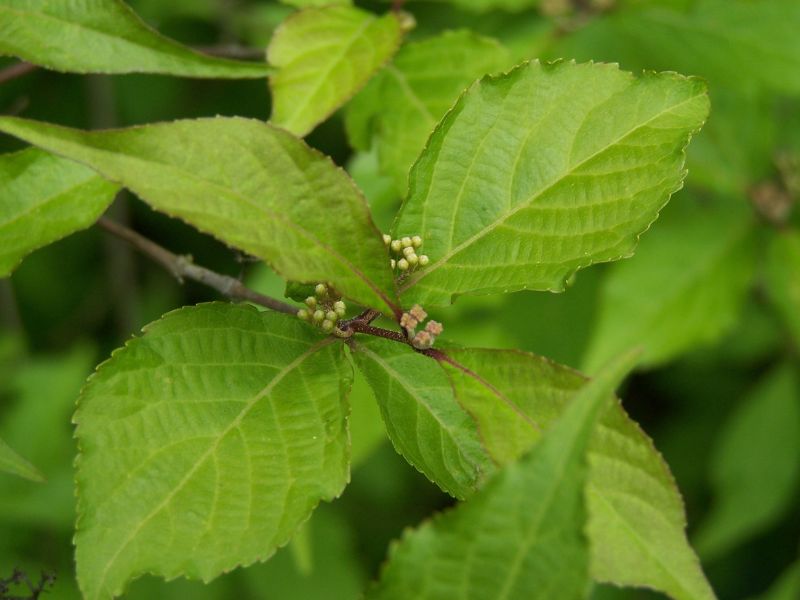
It is cultivated as an ornamental bush, and it is very popular in gardens and parks. The fruits are not edible for humans, but are food of birds and deer. The leaves can be used to make herbal tea.
II. How to Grow and Care
Sunlight
Japanese callicarpa flourishes in full sun conditions, where it can soak up intense light throughout the day. This exposure is crucial for the healthy growth and development of vibrant foliage and abundant berries.
However, japanese callicarpa exhibits resilience and can adapt to partial sun, where sunlight might be dappled or less intense. While japanese callicarpa tolerates these varied conditions, straying too far from its ideal can lead to reduced flowering and less vigorous growth.
Outdoor planting for japanese callicarpa should be strategic, aiming for spots that bask in sunlight yet can offer some respite during the hottest part of the day, ensuring japanese callicarpa’s thriving performance.
Temperature
Japanese callicarpa likes warm environments with a temperature of 25 to 28 ℃, but can also grow at higher temperatures up to 35 ℃. However, it is not cold-hardy and generally suffers in low temperatures around -10 ℃. Because the plant can easily die in low temperatures, it should be planted in pots and moved indoors during winter.
Japanese callicarpa prefers moist environments. It is slightly tolerant of drought but not waterlogging. However, during summer flowering periods and fall fruiting periods, Japanese callicarpa needs more water, so it is best to keep the soil moist.
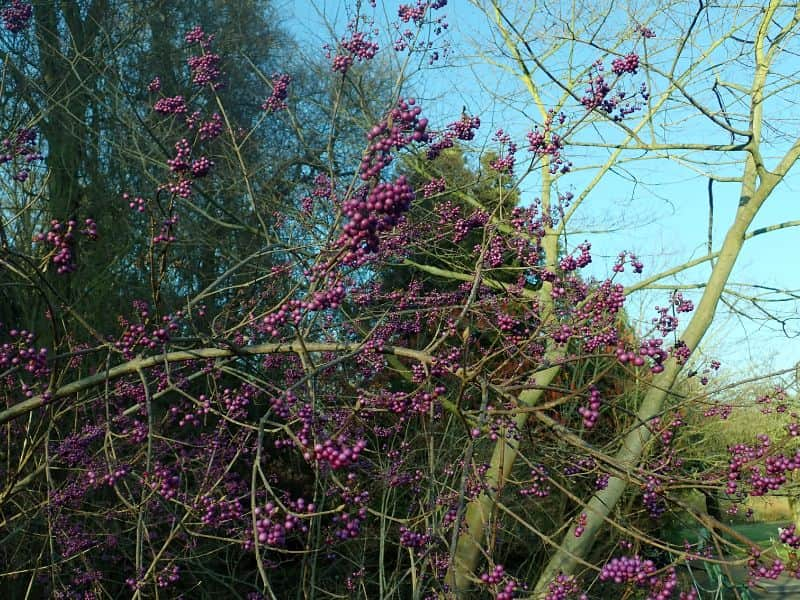
Watering
Originating from the moist woodlands of Japan, Japanese callicarpa thrives in environments that mimic its native habitat’s humidity. This species is moderately drought-tolerant but prefers consistent moisture to flourish. The watering schedule for japanese callicarpa should be maintained at once every week to sustain its lush foliage and vibrant berry production.
As an outdoor plant, japanese callicarpa benefits significantly from rainwater, which complements its need for a well-draining soil type, ensuring it receives adequate hydration without waterlogging during its active growth cycles.
Soil
Fertile, well-drained, sandy soil is the best choice for growing japanese callicarpa. Ideally the soil is deep (more than 50 cm thick) and has few weeds. Japanese callicarpa grows best in pH 5.5-7.5, slightly acidic to neutral soil. The plant can also survive on the edge of slopes or swamps. When given sufficient nutrients, it will grow and flower quickly. If soil nutrients are insufficient, add nutrient soil or organic fertilizer to improve it.
Fertilizing
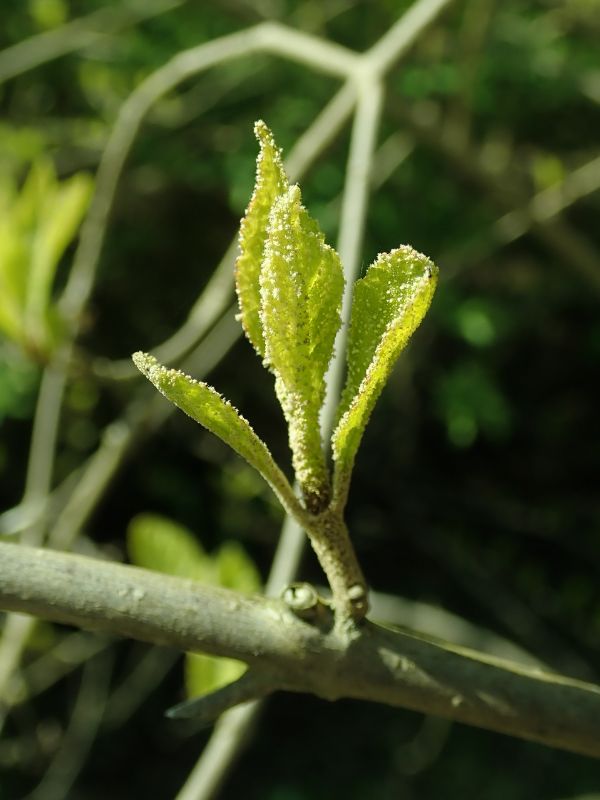
Fertile, well-drained, sandy soil is the best choice for growing japanese callicarpa. Ideally the soil is deep (more than 50 cm thick) and has few weeds. Japanese callicarpa grows best in pH 5.5-7.5, slightly acidic to neutral soil. The plant can also survive on the edge of slopes or swamps. When given sufficient nutrients, it will grow and flower quickly. If soil nutrients are insufficient, add nutrient soil or organic fertilizer to improve it.
Pruning
In spring and summer, remove overgrown branches regularly to keep the interior of the plant well-ventilated. If any branches grow too long and affect the overall plant shape, cut them short promptly. In late winter when japanese callicarpa fruits fall or shrivel, cut off most of the current year’s branches, leaving only 1-2 nodes. This is conducive to annual flowering and fruiting.
For japanese callicarpa that is propagated by cutting, cut off any branches over 10 cm from the ground in late fall to promote the growth of more branches the following year. Each plant can retain 3-5 major branches that grow in different directions.
Propagation
Japanese callicarpa is usually propagated by cutting. Early spring is the best time for cutting, but summer is acceptable as well. Choose a robust, brown branch of 6 mm or more in thickness that is 1-3 years old and cut about 15 cm from the base to the middle (2-3 nodes).
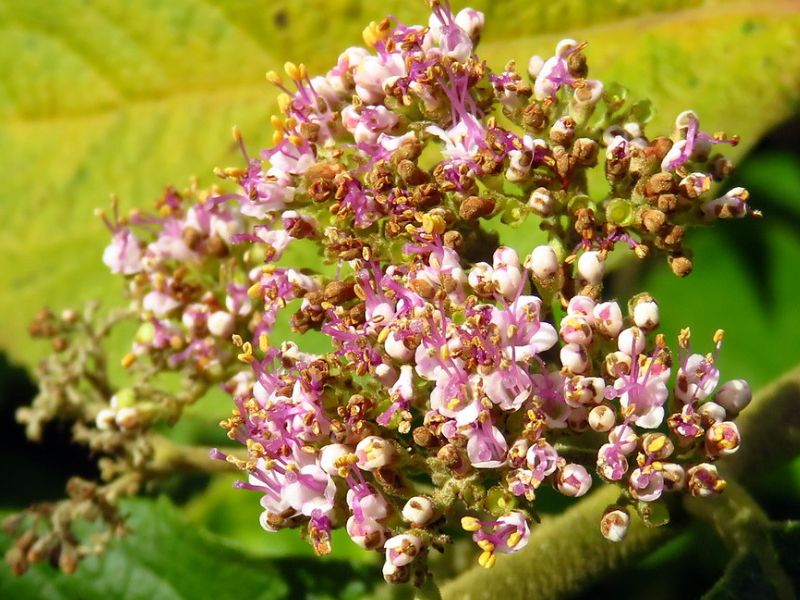
After soaking the base of the branch with rooting powder, drill holes vertically in sterilized soil with a thin wooden stick to prevent the branch epidermis from rubbing directly against the soil. Repeat for each branch, then insert the branches into the holes and bury nearly 2/3 of them in the soil. Space branches about 8 cm apart. In summer, shade seedlings with a net. Keep the soil moist and free of standing water.
Transplanting
The perfect period for relocating Japanese callicarpa is the S2-S3 season, a.k.a. late winter to early spring, when it’s still dormant but ready for growth. They prefer a well-drained spot with part to full sun. Caution: transplant with care, since it has a delicate root system!
III. Harvesting and Storage
You can harvest Japanese callicarpa flowers for decoration. Harvest in the morning when the temperature is low. Choose flowers that are not fully open and cut off the base of the branch at an angle with garden scissors. Insert the flowers into freshwater as soon as possible to prevent them from losing water.
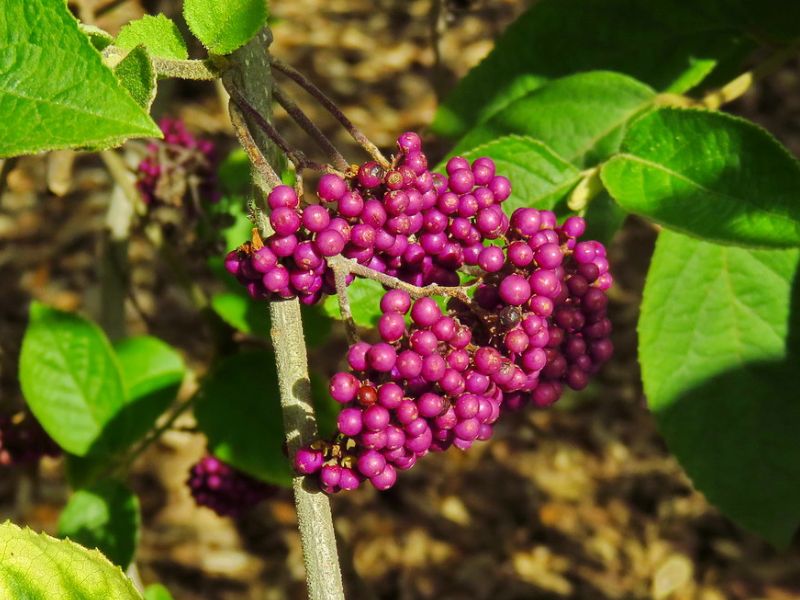
In the fall, you can also cut off branches that hold a lot of fruits and put them in an empty jar for decoration. Some birds eat japanese callicarpa fruits, but the fruits taste very bad and are not suitable for humans to eat. If you crush its leaves, the plant releases aromatic oil that has some mosquito-repellent properties. This oil is not recommended for application on children, though.
Find Where to Buy the Best Japanese Beautyberry (Callicarpa japonica)

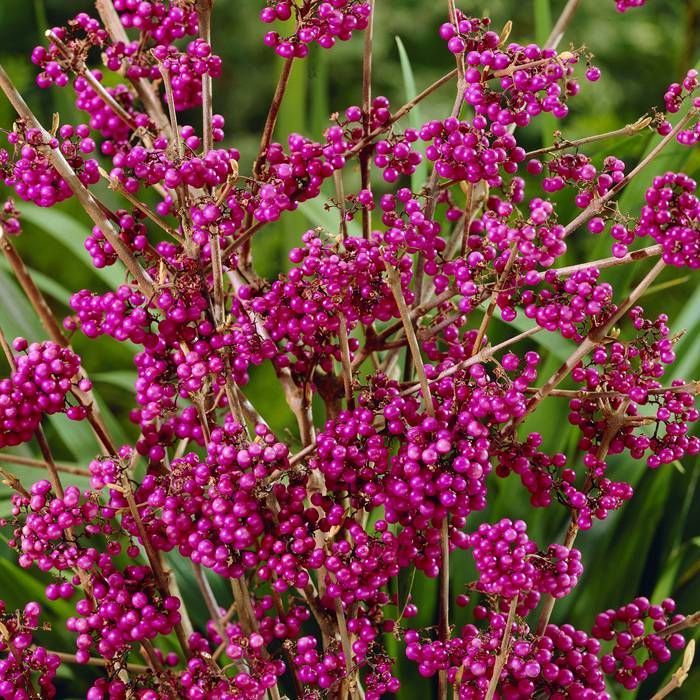



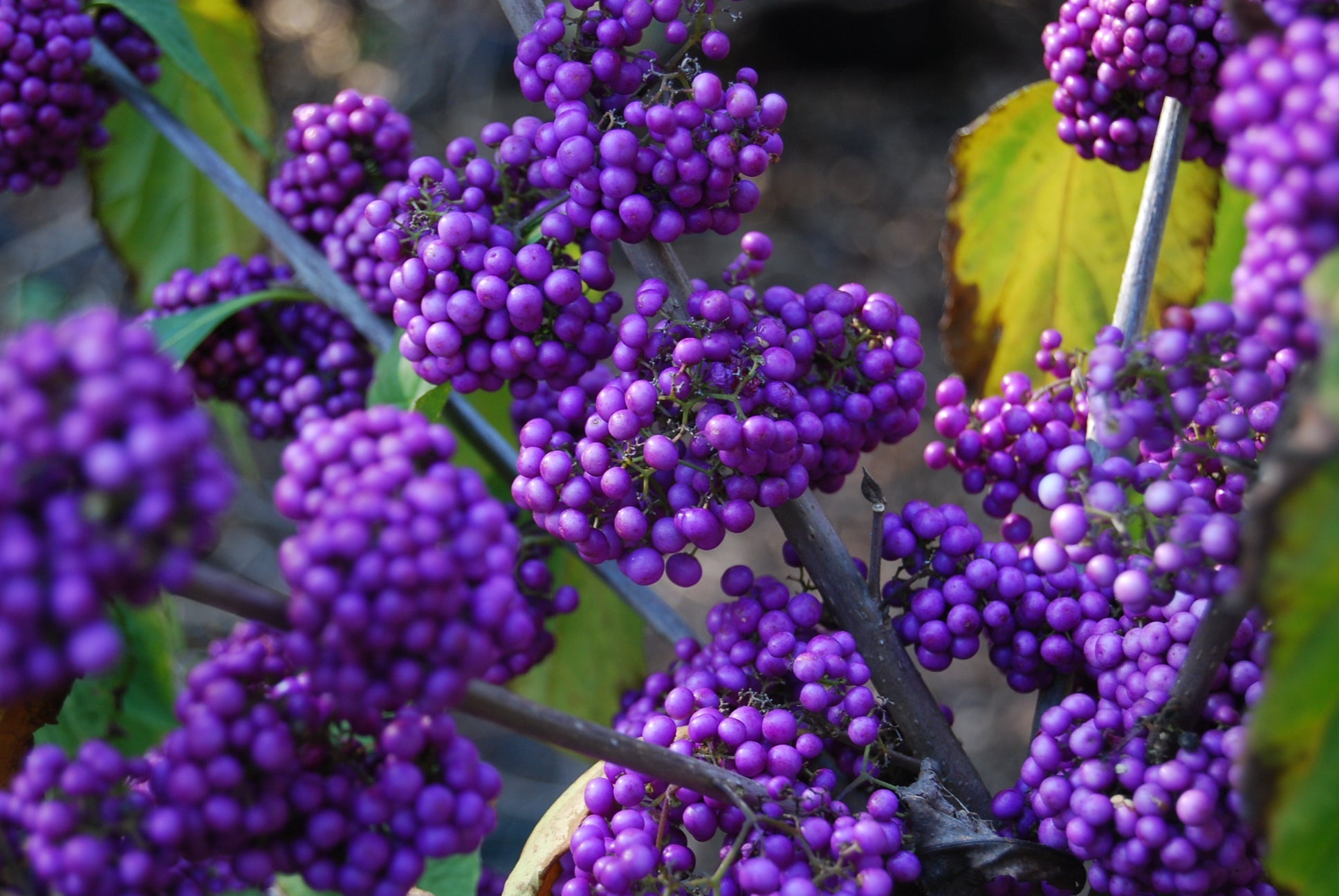

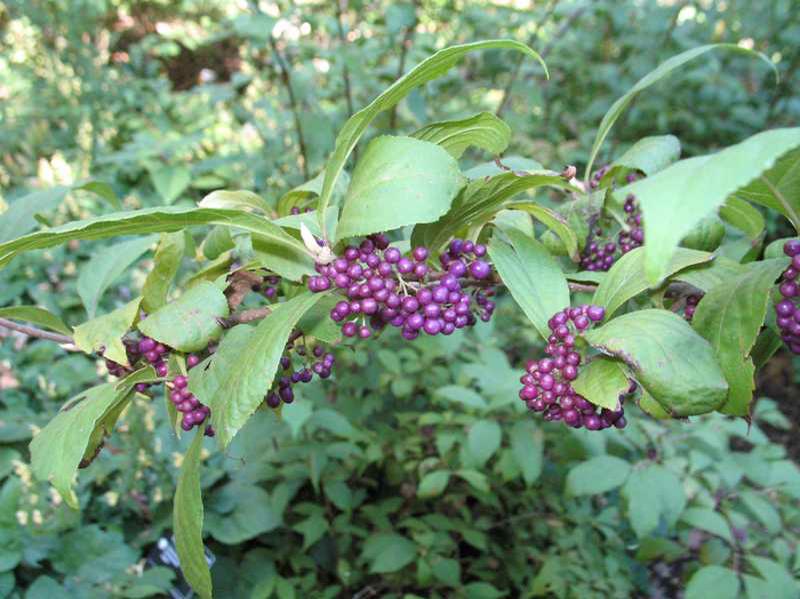


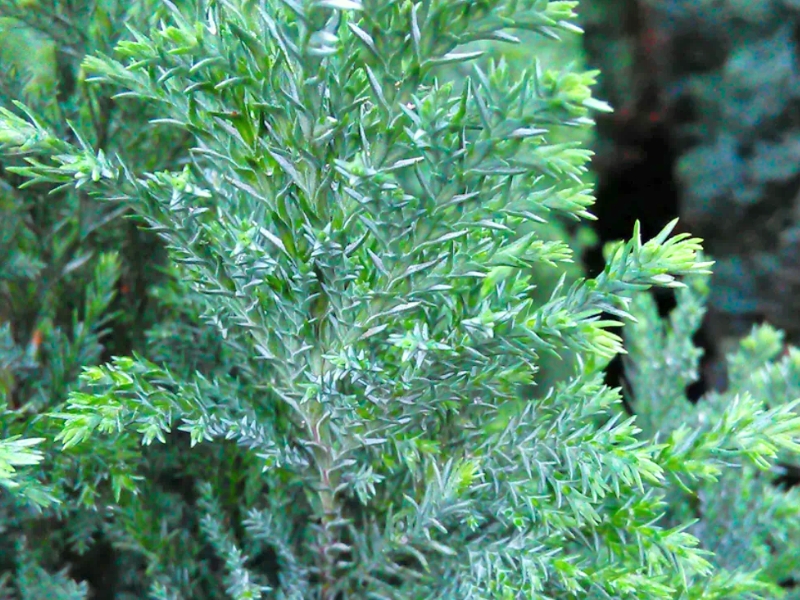
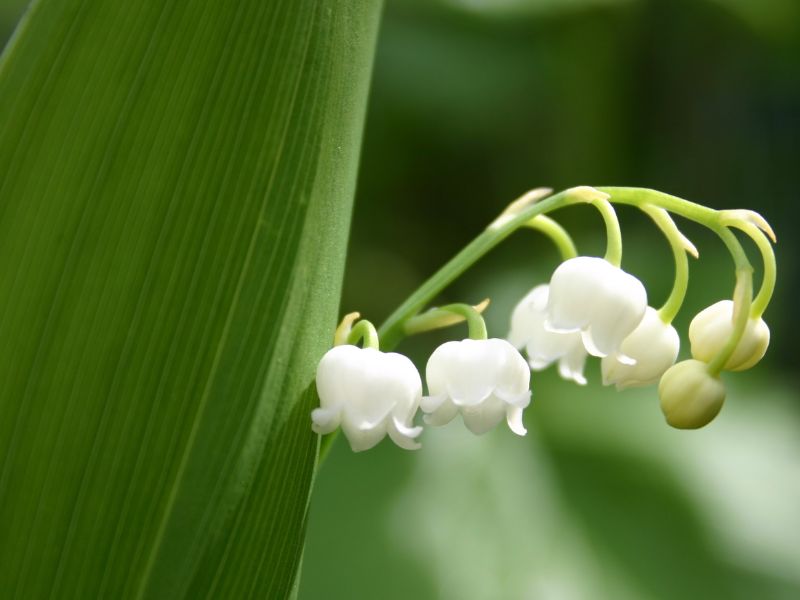
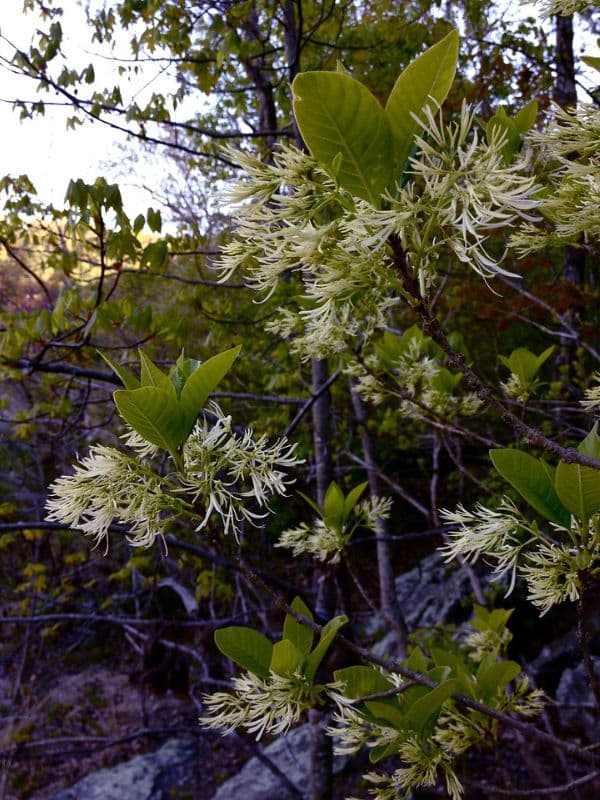
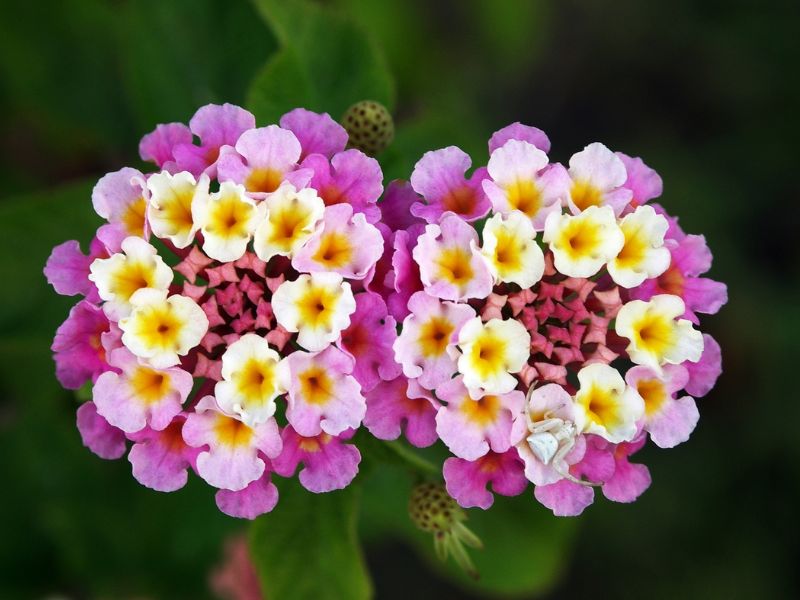
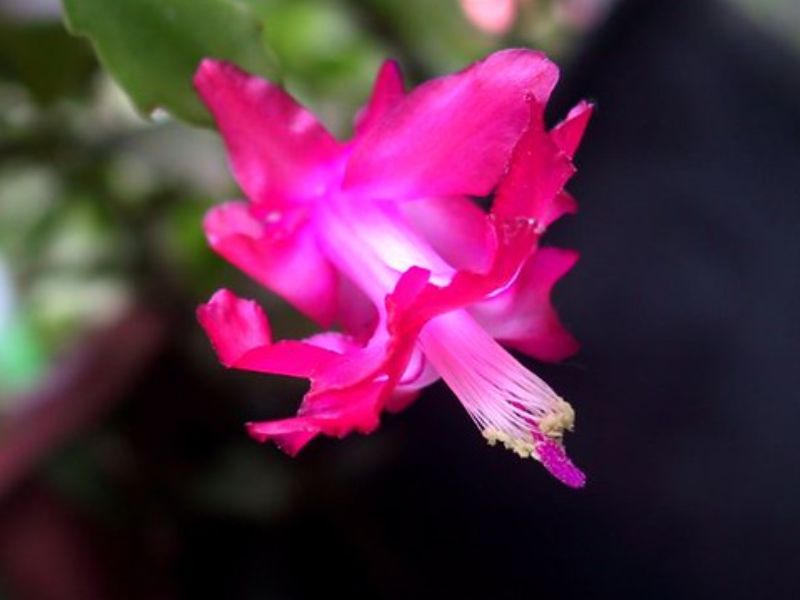
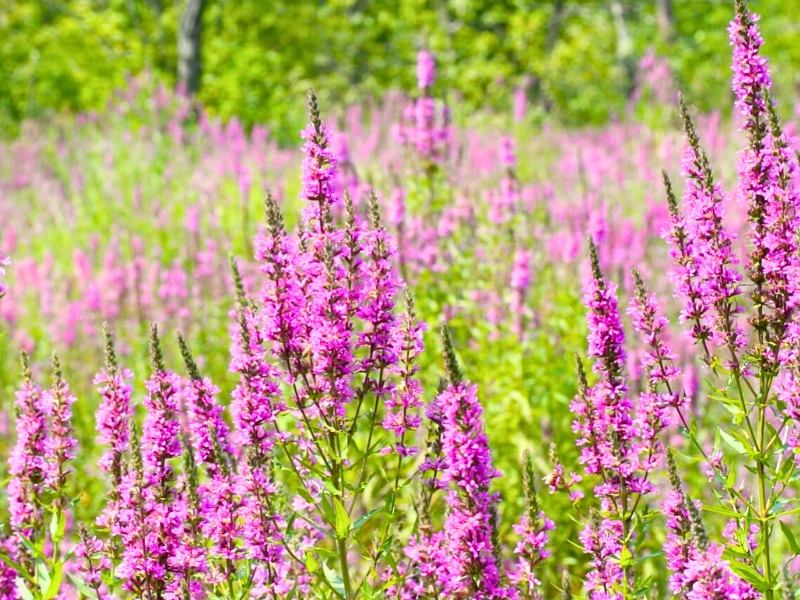
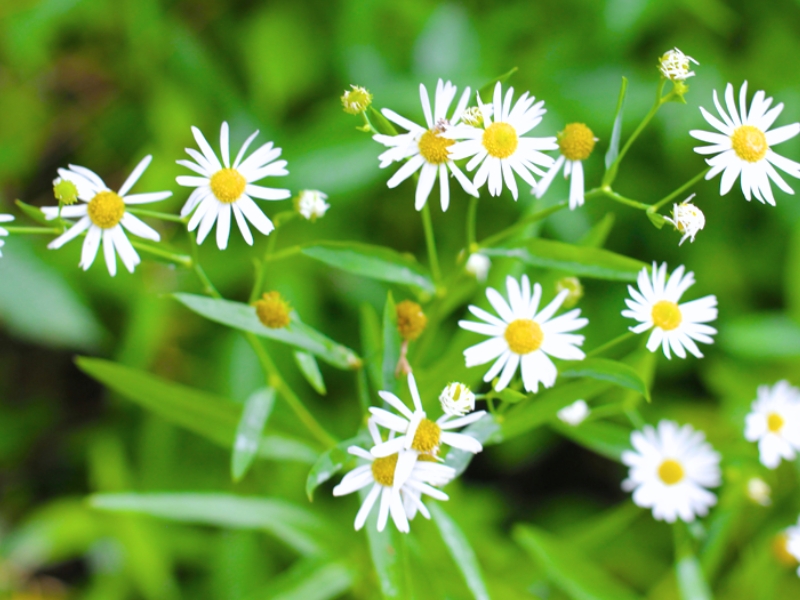
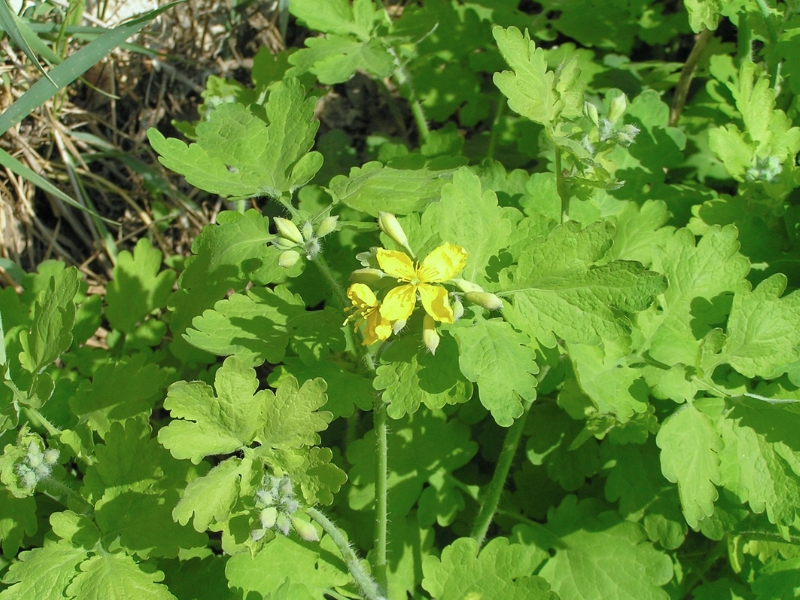
Leave a Reply